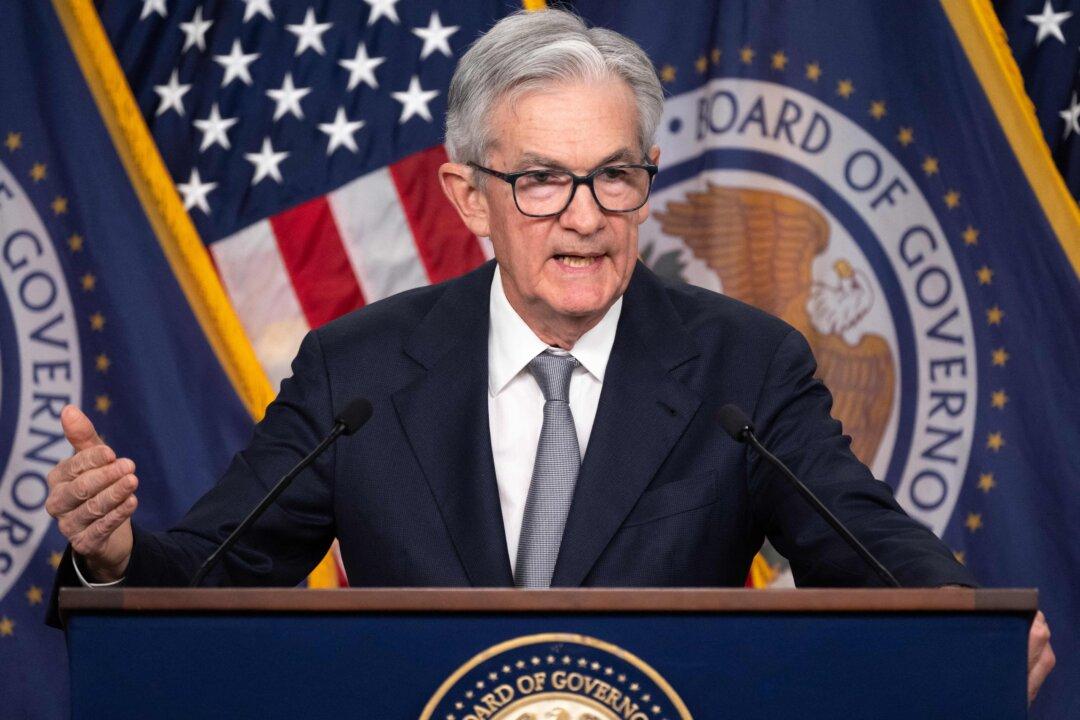Commentary
“The path we’re on is unsustainable, and we'll have to get off that path sooner rather than later,” Federal Reserve Chairman Jerome Powell said.

“The path we’re on is unsustainable, and we'll have to get off that path sooner rather than later,” Federal Reserve Chairman Jerome Powell said.